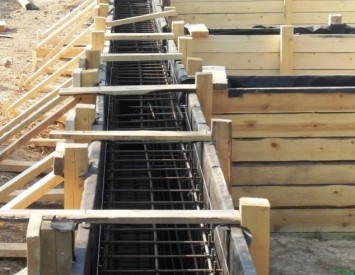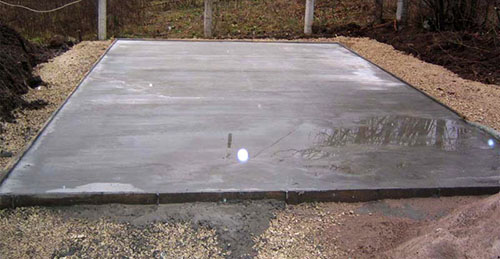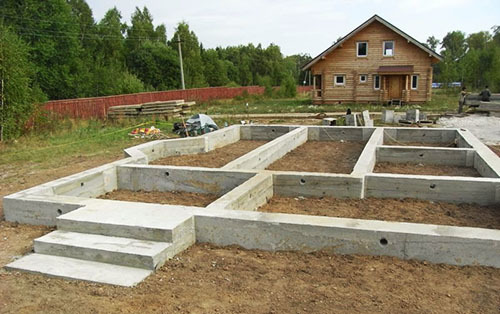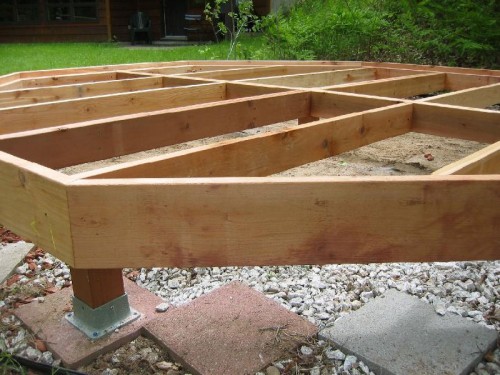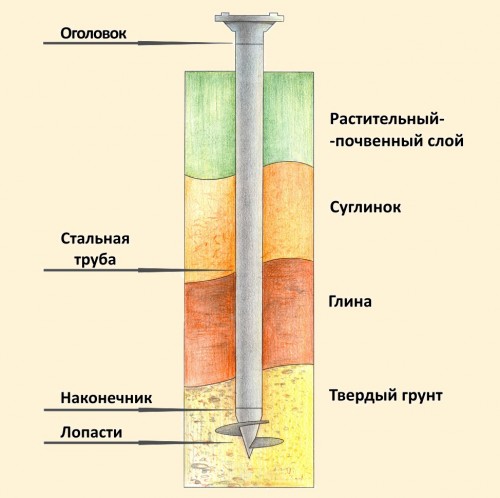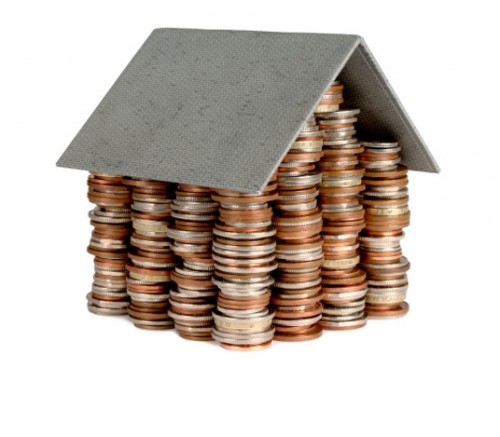The construction of a house from scratch requires tremendous cash costs. Therefore, it is very useful to know how and what to save on. The question of the price of the foundation appears one of the first. And not only because any construction begins with this. Read about how to save on the construction of the foundation in our article.
Content
Types of foundations
Before thinking about saving, you need to decide on the type of foundation for your future home. The cost of the foundation for the most part depends on the features of the structure, soil and the purpose of the future building.
The costs of a solid and durable foundation account for about 30% of the cost of the entire structure, so the desire to save at least a little money is understandable. If we reason logically, there are two options for savings - construction of low -quality cheap materials or, if conditions allow, build the most economical type of foundation.
Tile foundation
A tile or floating foundation is a rather rigid structure consisting of one monolithic slab, which completely covers the area of \u200b\u200bthe base of the structure. The main advantage of the tile foundation is that such a plate instantly alleges all the tubercles and pits of the soil and prevent both vertical and horizontal movements of the soil in the future.
This type is called “floating” because the plates are placed directly on the subsidence soil. Such foundations are not cheap due to the large consumption of reinforcement and concrete. If you use light cheap concrete, then the foundation will last much less and much worse, so for those who want an inexpensive foundation for the house, this type is unlikely to be suitable.
The strip foundation
The strip type of foundation is a continuous structure that passes around the entire perimeter of the future structure. The strip foundation is characterized by an equal shape of the cross section along its entire length, which ensures uniform distribution of the load.
This type of foundation is relevant for heavy stone, concrete or wooden houses, as well as for houses on several floors or with a large square. The strip foundation is very durable and reliable, but it is necessary to spend a lot of building materials on its construction, especially if the house is built on heaving ground.
The strip foundation is laid below the depth of freezing of the soil, ensuring the extreme strength and durability of the entire structure, but most experts believe that it is too material and expensive. In the case of the construction of a simple one -story house without a basement, the foundation “eats” up to 1/3 of the cost of the box of the building.
Column foundation
A columnar or pile foundation is suitable for wooden houses and has quite a lot of restrictions compared to the tape type. So, if you decide to put a columnar foundation, your future house should have light deeply laid walls. Laying is necessary with a high groundwater level or a strong freezing of fixed soil.
However, despite all its restrictions, the columnar foundation is many times more expensive than the highest quality tape. Reinforced concrete, brick, stone, concrete or wood are used as a material for the foundation pillars.
Foundation on screw piles
This type of foundation is one of the most “young” types of foundation compared to its brothers. And, since he appeared recently, he managed to absorb the achievements of technical and construction progress, which greatly simplify life and save money. The price of the foundation on stilts is lower than that of all other types.
Today, many developers are still afraid to use a “screw” foundation, since it appeared relatively recently and has not yet managed to gain well -deserved popularity. When inexperienced builders find out how much the foundation costs, then they have a completely logical question: “Does the price of quality affect?” In this case, the cost of the foundation is justified by modern technical achievements. At a low cost, such a foundation will enter for more than a dozen years and will faithfully serve your children, grandchildren, and maybe even great -grandchildren.
What are the features of a “screw” foundation? Firstly, the installation of piles will take only 1 day and will not take much effort. If you have a little experience, you can safely build such a foundation with your own hands. Secondly, it is already clear which foundation is cheaper. Rifle piles are environmentally friendly modern material, the production of which does not require much money or resource. Thirdly, there is no need to change the terrain, spending additional money on this. The piles can be screwed into any soil and to any height. They are seismic resistant and reliable, and the service life reaches 200 years.
What to save when laying the foundation
If you have already decided on the type of foundation, it is time to show ingenuity and resourcefulness. During the construction of the foundation, you can use the old proven way - look for analogues of expensive building materials in the domestic market or recycling market.
How and from what you can build a cheap foundation:
- Savings on concrete - usually during the construction of foundations, concrete of brand B200 is used. This is a good, extremely durable, but rather expensive concrete. There is absolutely no need for such a high level of strength, so you can safely buy B150 concrete, which is much cheaper. Again, the number of floors, quadrature and the severity of the box of the building should be taken into account. The B150 brand is quite suitable for the construction of an ordinary two -story building for several rooms.
- Concrete production-why pay someone for what can be done on their own? Drive crushed stone, sand, ACD, rent a concrete mixer and do as much concrete as you need.
- The width and height of the foundation - usually all the projects of the foundations are made taking into account reinsurance. In other words, they are all typical and have no bindings to a particular area. Experienced builders have long realized that this can be significantly saved. Only you should carefully consider this option, take into account the permissible width of the tape and the length of the foundation, as well as coordinate the project.
- If you decide to save on labor, this is not the best idea. Hiring cheap workers, you run the risk of getting a poor-quality foundation “in haste”, and then grief builders will have to look for all former union republics.
- A fragile foundation is an excellent option for saving, if the design of the house allows. For example, the garage is not part of the house as such, so the foundation for it can be laid separately, without connecting with the main one and without spending additional building materials on this.
- When building a house on rock rocks, it is necessary to deepen the foundation by about 1.5 m. The advantage of rocky soil is that it can not be used by reinforcement, which significantly saves money. The earth is already quite strong and capable of holding the foundation.
- Savings on building materials - although it was said that the use of cheap building materials is extremely undesirable, but if you approach this issue wisely, you can postpone a pretty amount for the celebration of the housewarming. So, crushed stone can be easily replaced with building garbage, and the filler is replaced by scrap metal (thick wire or rods). The only thing that cannot be saved in any layout is sand and cement.
